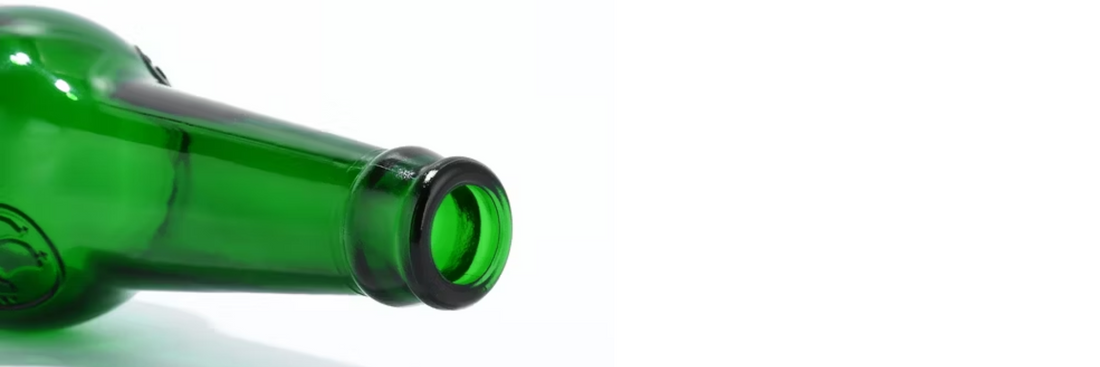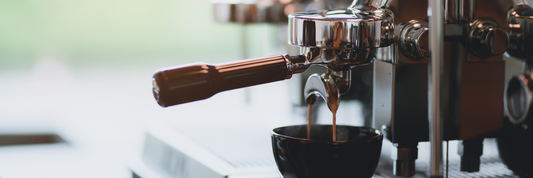Green beer bottles are a distinctive part of beer culture, evoking a sense of tradition and nostalgia. Their vibrant color is not just an aesthetic choice but a marker of history, branding, and science. From their origins in European breweries to their enduring popularity among premium beer brands, green bottles have carved out a unique identity in the world of beer packaging. However, they also spark debates about their practicality, particularly regarding light protection and flavor preservation. This detailed guide explores the history, science, advantages, and drawbacks of green beer bottles to give you an in-depth understanding of their role in the beer industry.
- Beer Bottle Dimensions Explained: A Guide for Brewers and Retailers
- Exploring the Different Types of Glass Bottles and Their Uses
- How to Clean Beer Bottles: A Complete Guide for Home Brewers and Beer Lovers
- How to Open a Beer Bottle: Tips and Techniques for Every Situation
History of Green Beer Bottles
The Origins of Green Beer Bottles
Green beer bottles first appeared in the early 20th century as a practical alternative to amber glass, which was preferred for its superior light-blocking properties. However, during World War II, amber glass became scarce, and breweries had to turn to green glass as a substitute.

Why Brewers Initially Chose Green Glass
The shortage of amber glass led to green bottles being adopted out of necessity. Despite offering less protection against UV light, green bottles were readily available and served the basic purpose of beer packaging. Over time, breweries found ways to work around the limitations of green glass, such as developing beers less sensitive to light exposure.
Cultural Significance of Green Beer Bottles in Different Countries
In Europe, green bottles became associated with premium and imported beers, creating a perception of higher quality. In countries like Germany and Belgium, green bottles often symbolize tradition and heritage, tying brands to their long-standing brewing practices.
Why Beer Bottles Are Green?
Chemical Composition of Green Glass
Green glass owes its color to the presence of iron oxide during production. This compound interacts with the silica and other raw materials in the glass to produce its characteristic green hue.

Green vs. Amber vs. Clear Glass for Beer
- Amber Glass: Offers the best protection against UV light, preserving beer flavor over time.
- Clear Glass: Provides no UV protection but is visually appealing and used for marketing purposes.
- Green Glass: Offers moderate UV protection and is associated with premium branding but is less effective than amber glass in preserving beer flavor.
Impact of UV Light on Beer Flavor in Green Bottles
UV light can penetrate green glass more easily than amber glass, potentially causing a reaction between the light and hop compounds in the beer. This reaction, known as "skunking," results in an unpleasant odor and taste. Breweries often use hop extracts less sensitive to light to mitigate this issue.
Pros & Cons of Green Beer Bottles
Advantages of Green Beer Bottles
Aesthetic Appeal
Green bottles are visually striking and often used by brands to convey a sense of sophistication and elegance.
Brand Differentiation
Green glass helps certain beer brands stand out on shelves, creating a strong visual identity. Iconic brands like Heineken and Stella Artois have become synonymous with green bottles.
Sustainable Production
Green glass can be produced using recycled materials, reducing environmental impact. Its distinct color also allows for greater use of post-consumer recycled content compared to amber or clear glass.

Disadvantages of Green Beer Bottles
Light Exposure and Beer Skunking
Green bottles offer less UV protection than amber glass, making beer more susceptible to light-induced off-flavors.
Perception of Lower Quality
In some markets, green bottles are perceived as inferior to amber bottles due to their association with skunked beer.
Durability and Recycling Limitations
While recyclable, green glass faces challenges in certain recycling facilities due to limited demand for its color. This sometimes leads to downcycling or disposal instead of reuse.
Green Beer Bottles and Recycling
Can Green Beer Bottles Be Recycled?
Green glass is recyclable in most regions. However, the demand for recycled green glass varies, leading to potential limitations in its reuse.
Challenges of Recycling Green Glass
Unlike clear or amber glass, green glass is not as universally desired in manufacturing, which can reduce the incentive to recycle it.
Eco-Friendly Alternatives to Green Bottles
Breweries exploring sustainability are turning to aluminum cans, reusable glass growlers, and biodegradable packaging as alternatives to traditional glass bottles.
Green vs. Clear and Amber Beer Bottles
Light Protection Comparison
- Amber Bottles: Block approximately 98% of harmful UV rays.
- Green Bottles: Provide moderate UV protection but are less effective than amber.
- Clear Bottles: Offer no UV protection, leaving beer highly vulnerable to skunking.
Flavor Retention in Different Bottle Colors
Amber bottles are the gold standard for preserving flavor over time. Green bottles strike a balance between aesthetics and functionality but may require additional precautions, such as storing beer in dark conditions.
Consumer Preferences by Region
- Europe: Green bottles are widely accepted and often associated with premium beers.
- North America: Amber bottles dominate due to their practical advantages and consumer preference for freshness.
- Asia: Clear bottles are popular for their visual appeal, especially for lighter lagers.
FAQs About Green Beer Bottles
Why are some beer bottles green?
Green bottles originated as an alternative to amber glass and later became a marketing choice to differentiate premium and imported beers.
Is green glass better for beer than clear glass?
Yes, green glass offers moderate UV protection compared to clear glass, though amber glass is superior to both.
Do green bottles affect beer taste?
Green bottles can impact flavor if the beer is exposed to UV light, leading to a skunked taste.
Which beer brands use green bottles?
Popular brands like Heineken, Stella Artois, and Carlsberg are known for their iconic green bottles.
Conclusion
Green beer bottles are more than just a packaging choice—they represent a blend of history, branding, and practicality. While they offer moderate UV protection and a distinctive aesthetic, they fall short compared to amber bottles in preserving beer flavor. For breweries, green bottles remain a strategic choice, often tied to brand identity and market appeal. Whether you’re a brewer or a beer enthusiast, understanding the pros and cons of green bottles can deepen your appreciation for the beer you enjoy.




